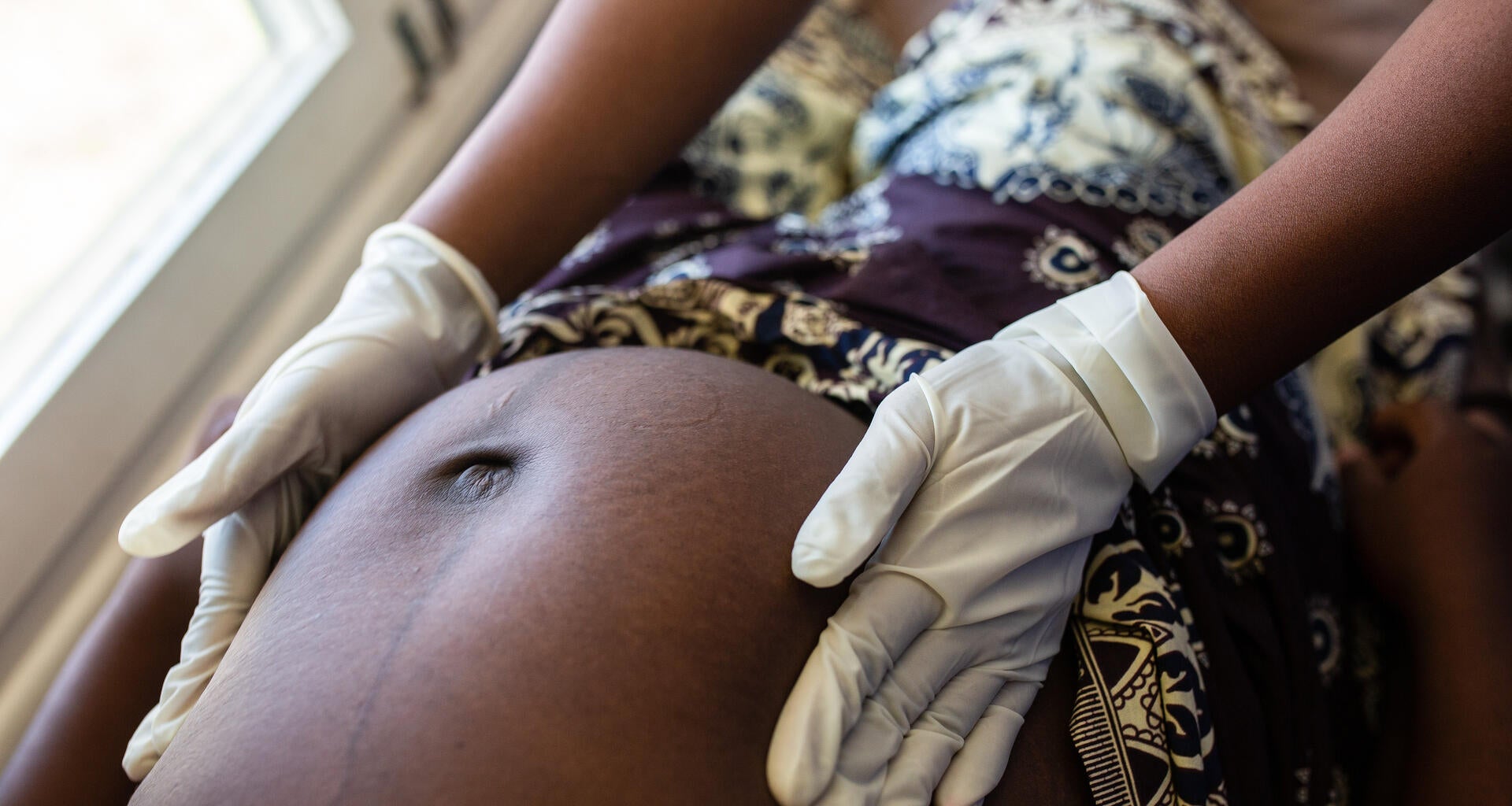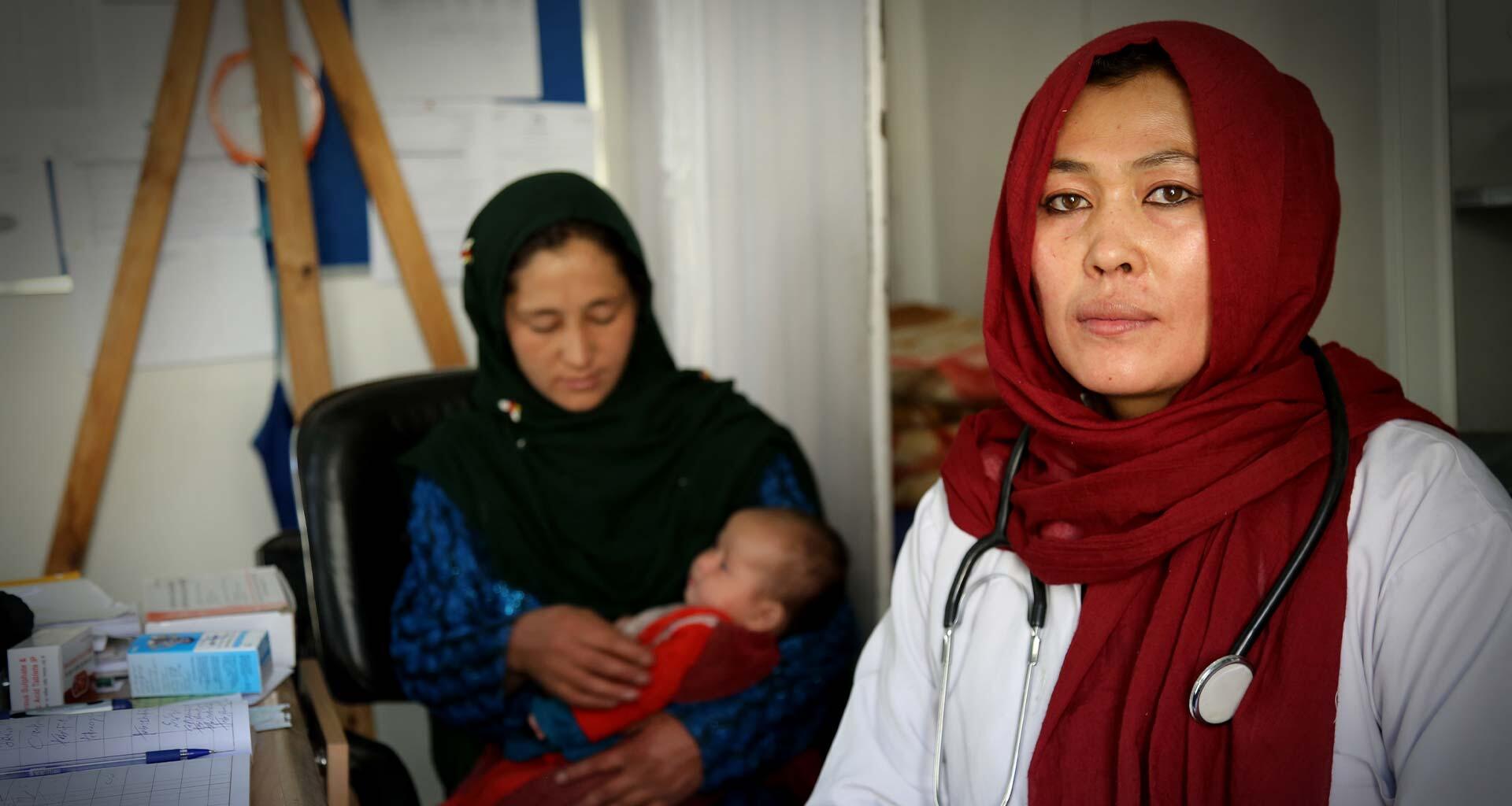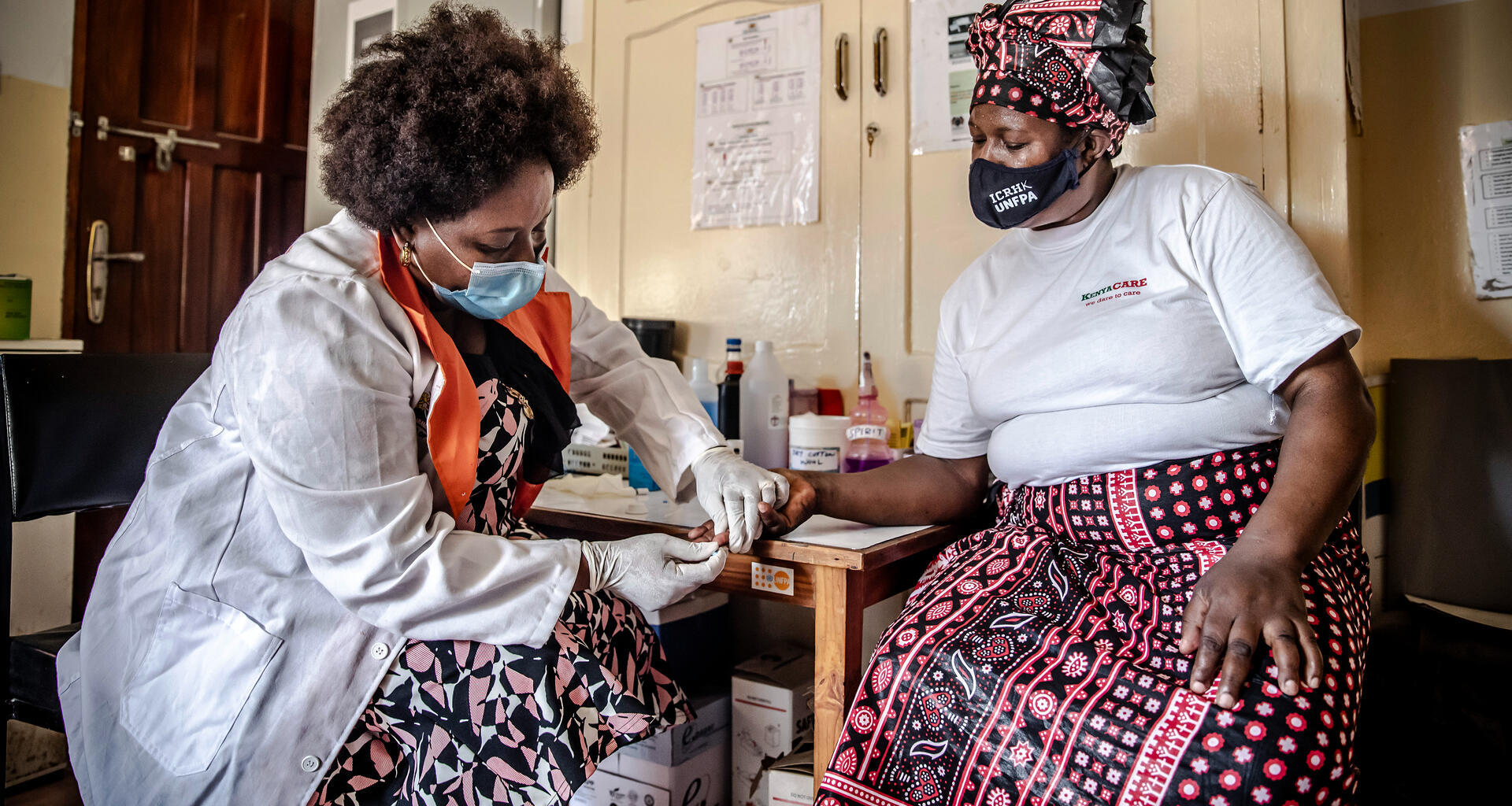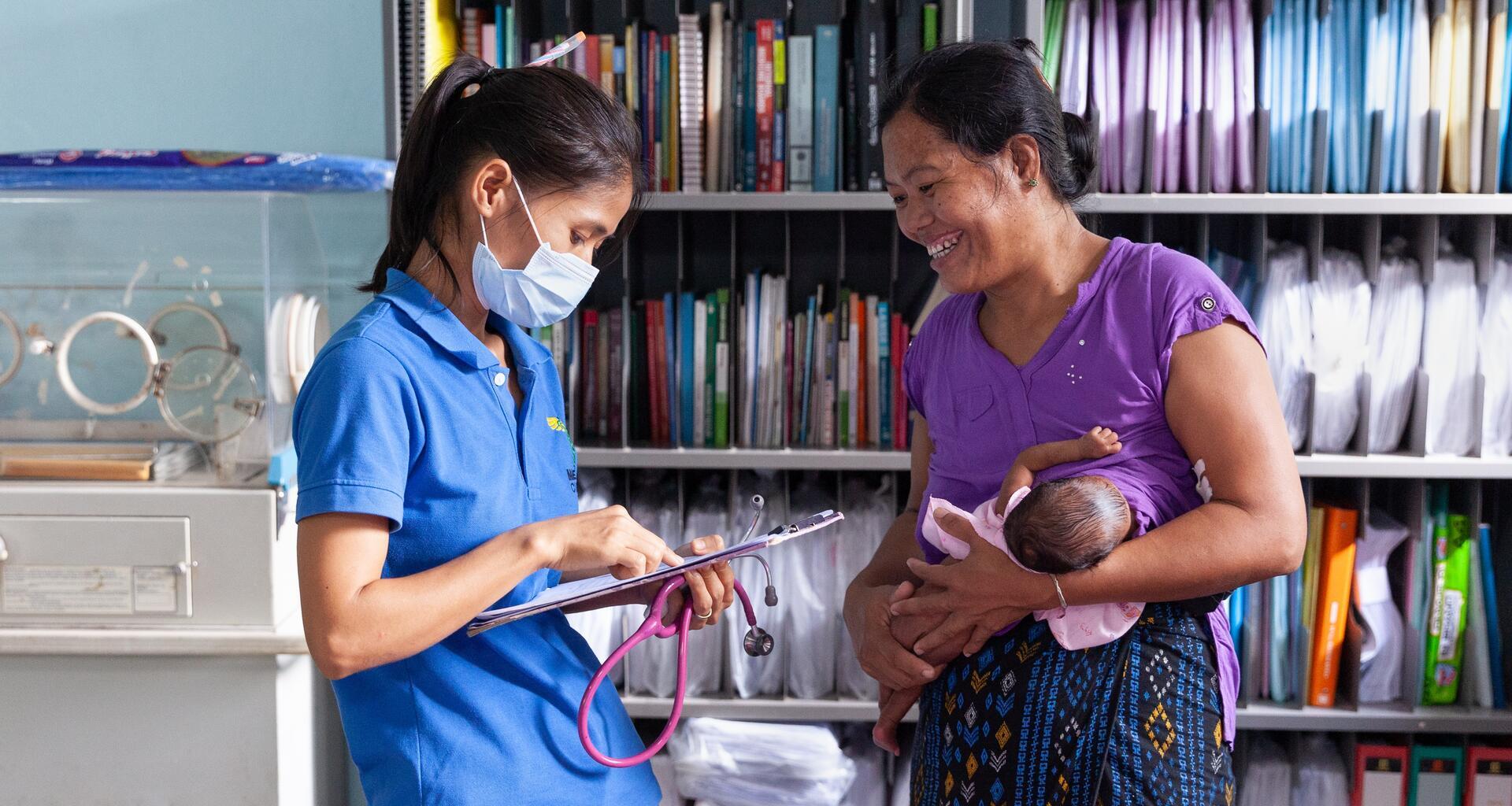Obstetric fistula is one of the most serious and tragic childbirth injuries. A hole between the birth canal and bladder and/or rectum, it is caused by prolonged, obstructed labour without access to timely, high-quality medical treatment. It leaves women and girls leaking urine, faeces or both, and often leads to chronic medical problems, depression, social isolation and deepening poverty. Half a million women and girls in sub-Saharan Africa, Asia, the Arab States region and Latin America and the Caribbean are estimated to be living with fistula, with new cases developing every year. Yet fistula is almost entirely preventable. Its persistence is a reminder of gross inequities, a sign of global inequality and an indication that health and social systems are failing to protect the health and human rights of the poorest and most vulnerable women and girls. As the leader of the global Campaign to End Fistula, UNFPA provides strategic vision, technical guidance and support, medical supplies, training and capacity building, as well as funds for fistula prevention, treatment and social reintegration and advocacy programmes. UNFPA also strengthens sexual and reproductive health care including timely and quality emergency obstetric services to prevent obstetric fistula from occurring in the first place.
How it happens
Without emergency intervention, obstructed labour can last for days, resulting in death or severe disability. The obstruction can cut off blood supply to tissues in the woman’s pelvis. When the dead tissue falls away, she is left with a hole – a fistula, in medical terms – in the birth canal.
Tragically, there is a strong association between fistula and stillbirth, with research indicating that approximately 90 per cent of women who develop obstetric fistula end up delivering a stillborn baby.
Obstetric fistula has been virtually eliminated in industrialized countries through the availability of timely, high-quality medical treatment for prolonged and obstructed labour – namely, Caesarean section. Obstetric fistula occurs mostly among the poorest and most marginalized women and girls, especially those living far from medical services and those for whom services are not accessible, affordable or acceptable. Childbearing in adolescent girls before the pelvis is fully developed, as well as twin pregnancy, breech position of the baby, malnutrition, small stature and generally poor health conditions are among the physiological factors contributing to obstructed labour. However, any woman may experience obstructed labour, including older women who have already had babies.
Consequences for women
Obstetric fistula is associated with devastating lifelong morbidity with severe medical, social, psychological and economic consequences.
Left untreated, obstetric fistula causes chronic incontinence and can lead to a range of other physical ailments including frequent infections, kidney disease, painful sores and infertility. The physical injuries combined with misperceptions about the cause of fistula often result in stigma and discrimination, leading to social isolation, psychological harm and mental health issues. Women and girls with fistula are often unable to work, and many are abandoned by husbands and families and ostracized by their communities, driving them further into poverty and vulnerability and decreasing their quality of life.
The continued occurrence of obstetric fistula is a human rights violation, reflecting the marginalization of those affected and the failure of health systems to meet their needs. Their isolation means they often go unnoticed by policymakers, and little action is taken to address or prevent their condition. As a result, women and girls suffer needlessly, often for years, with no hope in sight.
Treatment, reintegration and follow-up
Reconstructive surgery can usually repair a fistula. Unfortunately, the women and girls affected by this injury often do not know that treatment is possible, cannot afford it or cannot reach the facilities where it is available. There is also a shortage of highly trained and skilled surgeons to perform the repairs. Tragically, at the current rate of progress, many women and girls living with fistula today could die before ever being treated.
Beyond surgery, a holistic approach that addresses the psychosocial and socioeconomic needs of fistula survivors is required to ensure full recovery and healing.
Counselling and other forms of support – such as livelihood skills, literacy, job training and health education – may also be necessary to help women reintegrate into their communities, rebuild their lives, and regain their dignity and hope after surviving fistula.
Follow-up is also crucial for all women and girls who have had fistula repair surgery, helping to ensure they do not develop the injury again during subsequent births and to protect the survival and health of both mother and baby. Women and girls who have been deemed inoperable or incurable also require special and sustained attention and support.
Prevention is key
Prevention is the key to ending fistula. Fistula is an indicator of poor quality of care. Ensuring skilled birth care at all births and providing timely and high quality emergency obstetric care for all women and girls who develop complications during delivery would make this tragic condition as rare in developing countries as it is in the industrialized world.
Additionally, providing family planning to those who want it could significantly reduce maternal disability and death.
The underlying factors that contribute to women’s and girls’ marginalization – including lack of access to quality health services and education, persistent poverty, gender and socioeconomic inequality, child marriage, adolescent pregnancy, and failure to protect human rights and empower women and girls – must also be addressed.
These issues are likely to be exacerbated due to COVID-19, as health systems struggled to cope during the early phase of the pandemic and access to essential health services including sexual and reproductive health services was disrupted, coupled by the restrictions to movement implemented in many countries. UNFPA estimates that COVID-19 could result in an additional 13 million child marriages that otherwise would not have taken place between 2020 and 2030. UNFPA also found that COVID-19-related disruption of contraceptive use resulted in 1.4 million unintended pregnancies among 12 million women in 115 low- and middle-income countries in 2020, and the pandemic isn’t over. Such issues could affect the incidence of obstetric fistula.
UNFPA's response
In 2003, UNFPA and its partners launched the global Campaign to End Fistula, now active in more than 55 countries, working to prevent and treat fistula and to rehabilitate fistula survivors. To date, UNFPA, as the leader of the global Campaign, has directly supported more than 129,000 surgical repairs for women and girls, and partner agencies have supported thousands more. These treatments help to restore survivors' health and hope, empowering them to reclaim their lives and dignity.
Thousands of women and girls have also received reintegration services, including psychological support, skills training and small grants to start businesses with support from the Maternal and Newborn Health Thematic Fund. UNFPA has also supported the training of thousands of health workers, including surgeons, midwives, nurses and community health workers. These health professionals all play a crucial role in treating fistula, preventing its occurrence, identifying survivors and referring them to care.
In 2013, the United Nations commemorated the first International Day to End Obstetric Fistula, on 23 May, to raise awareness of this issue and mobilize support around the globe. The International Day to End Obstetric Fistula is observed annually around the world by partners committed to ending fistula. In 2016, on the occasion of the day, UN Secretary-General Ban Ki-moon called upon the world to end fistula within a generation, a message reiterated by UNFPA's Executive Director. In December 2018 and 2020, Member States adopted a UN resolution on fistula, calling for an end to fistula within a decade, in line with the 2030 Agenda for Sustainable Development.
This bold vision raises the bar for addressing fistula, putting it on the same level as other major global initiatives including ending preventable maternal and newborn deaths, ending HIV, ending female genital mutilation and eradicating polio.
In 2021, UNFPA and the Campaign to End Fistula released a new edition of the global UN guidance, Obstetric fistula & other forms of female genital fistula: Guiding principles for clinical management and programme development. With the latest evidence, strategies, tools and resources, the manual shows the global/UN vision of the new way forward and paradigm shift in approaches towards eradicating fistula by 2030.
Updated 23 May 2022









